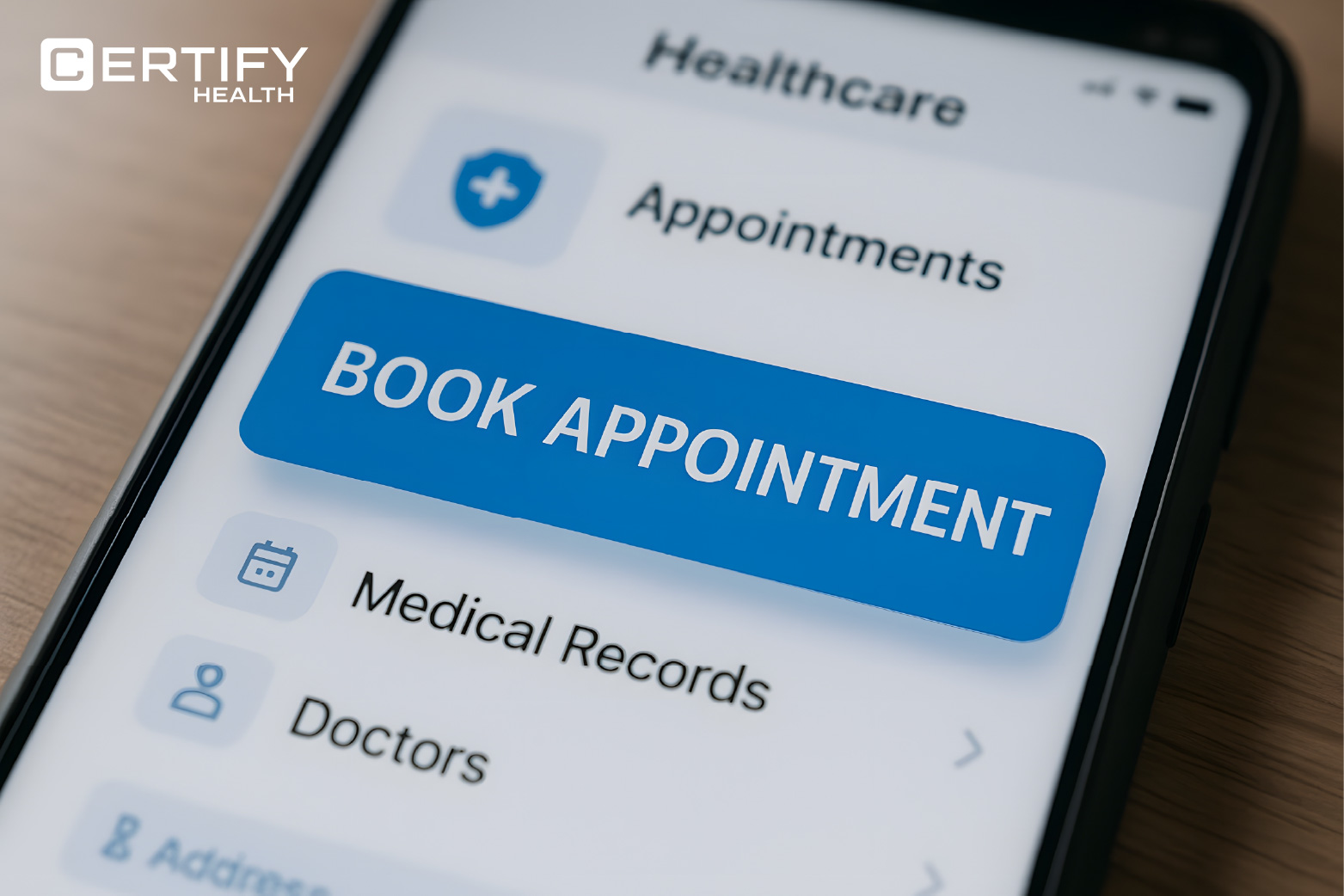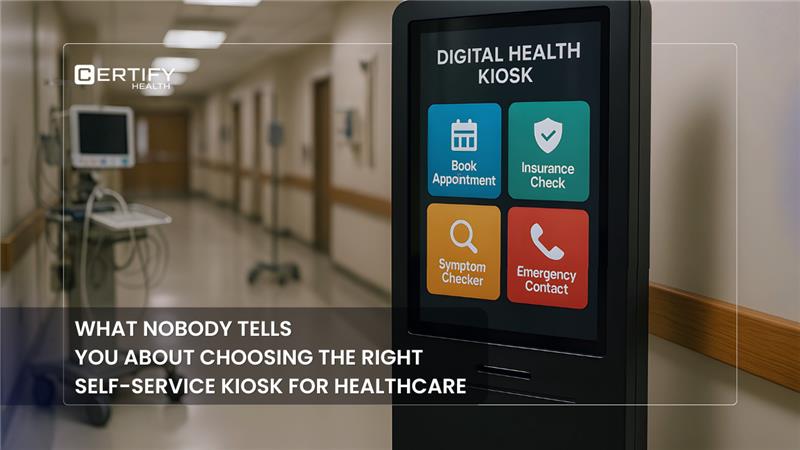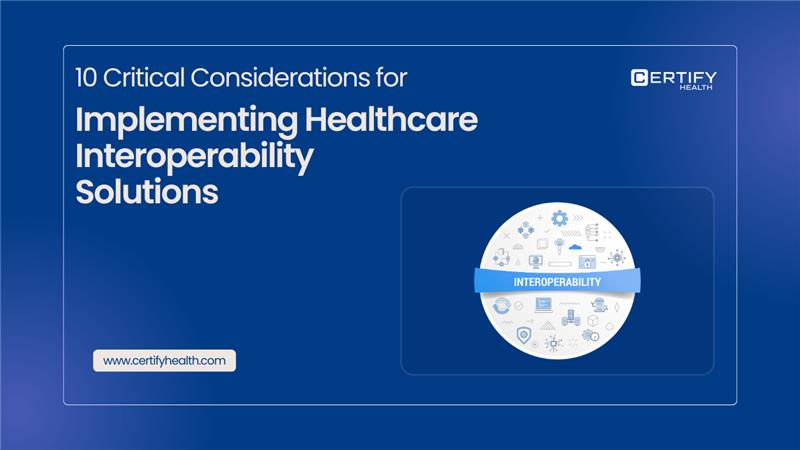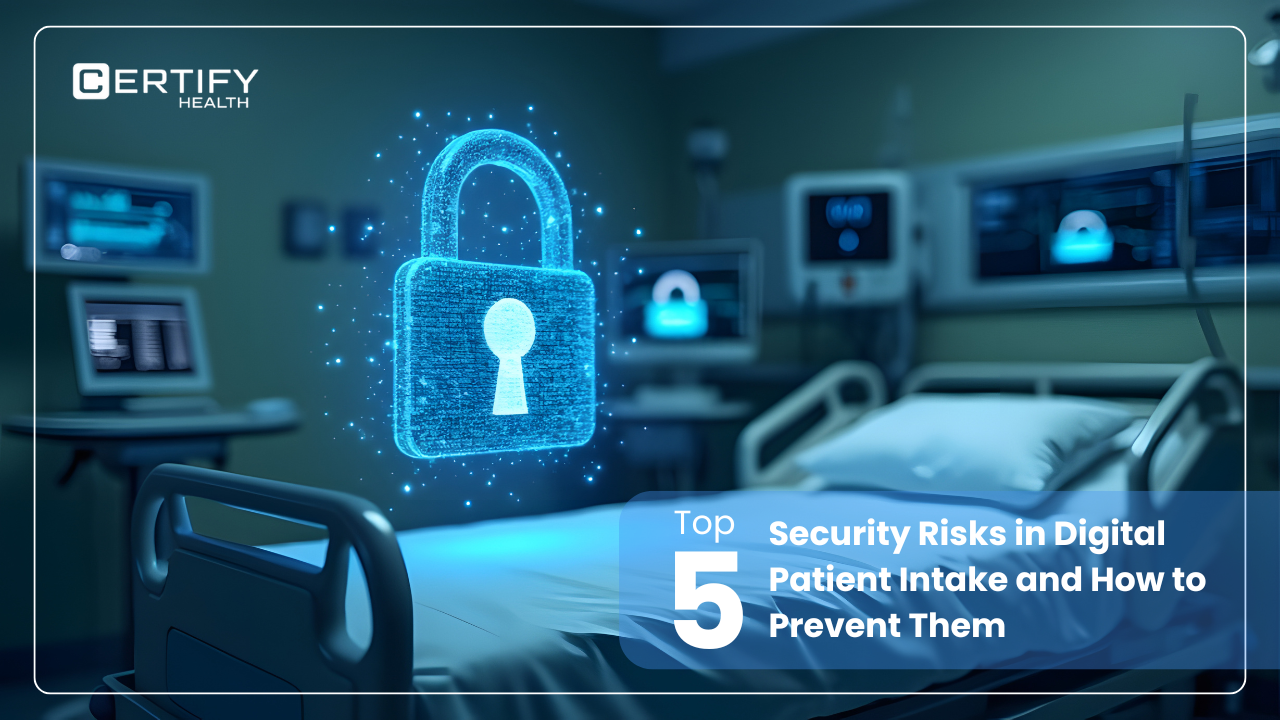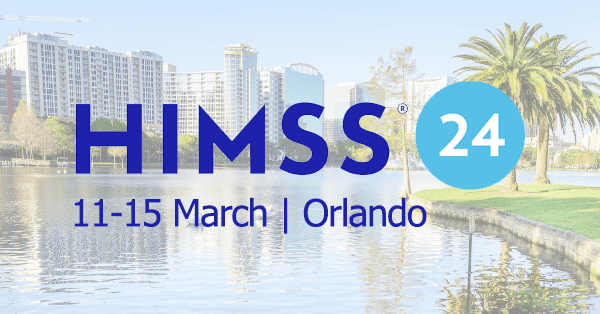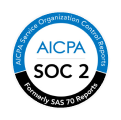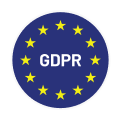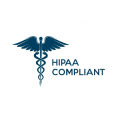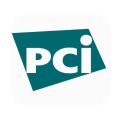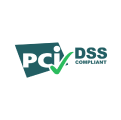Table of Contents
Introduction
In healthcare, the first interaction—the appointment—can make or break the entire patient’s experience and revenue cycle.
Here’s a stat that might make your heart skip a beat: No-shows and forgotten reminders contribute to a jaw-dropping 27% to 50% of missed appointments and $150 billion lost every year.
Why? Because outdated scheduling methods can’t keep up with modern patient expectations and staff shortages.
It’s time to switch to intelligent patient scheduling tools like CERTIFY Health’s patient scheduling software. It doesn’t just help you fill time slots—it enables you to protect revenue, improve patient satisfaction, and optimize resources without the chaos of overbooking or last-minute cancellations.
In this blog, we will discuss real-world patient scheduling challenges and the top 5 patient scheduling best practices that can transform the way your healthcare practice operates for the better.
The Real-World Patient Scheduling Challenges in Healthcare

1. Demand Supply Mismatch
Overbooking—it’s a familiar challenge, especially during seasonal illnesses, local outbreaks, or unexpected health events.
It frustrates patients and drains your staff. Endless hours spent juggling appointment schedules, handling same-day cancellations, and manually sending reminders can quickly lead to chaos.
The result? Burned out staff, wasted appointment slots, missed reminders, and underutilized resources.
The fix? Patient scheduling software with built-in demand forecasting. Analyzing past trends helps you better plan resources, prevent overbooking, and streamline your scheduling process—keeping both your team and your patients happier.
2. No-Shows, Cancellations, and Scheduling Gaps
Every missed appointment = Missed revenue opportunity.
What hurts the most? Same-day cancellations, as there’s barely any time to refill that slot.
The impact? For practices, it means lost revenue, idle staff, unused resources, and operational disruption. For patients, it means inconvenience, untreated chronic conditions, discontinued care, poor patient satisfaction, and worsened health.
It’s time to switch from manual scheduling to advanced digital solutions that offer online self-scheduling options and send timely and personalized reminders.
Minimizing no-shows, improving care, and streamlining practice operations for better cash flow.
3. Manual and Outdated Scheduling Processes
There are still many practices that rely on outdated scheduling methods.
That’s not only time-consuming but also error-prone. Imagine: Your staff schedules two different appointments at the same time because they are unable to properly track the available and booked slots.
Consequences: increased wait time, reduced care quality, rushed appointments, and poor patient satisfaction, all of which impact your practice’s reputation, efficiency, and revenue.
That calls for a centralized scheduling system that gives you a complete overview of booking slots, available slots, and canceled and rescheduled slots. This reduces errors by reducing the chances of double booking.
4. Long Wait Times and Overbooking
Many healthcare practices resort to overbooking to reduce no-shows, a strategy that often causes more harm than good.
Instead of solving the problem, it creates new ones: crowded waiting rooms, frustrated patients, and overburdened staff. Patient satisfaction declines, appointment delays mount, and bottlenecks become common. Care coordination is hampered by overlapping appointments, scheduling difficulties, and disjointed systems and calendars..
What’s worse, without accurate time estimation tools, staff struggle to manage schedules efficiently. The result? Poor time management, longer wait times and a drop in patient trust.
5. Lack of Real Time Visibility into Patient & Provider Availability
In multi-location practices, the absence of real-time scheduling can spell chaos.
Interrupted care coordination, scheduling difficulties, and overlapping appointments are caused due to disjointed systems and unsynced calendars. Front-desk teams are left scrambling, trying to patch together fragmented workflows.
A centralized, real-time scheduling platform like CERTIFY Health brings order to the chaos — enabling seamless visibility into provider availability and patient flow. Without it, practices operate blind, compromising efficiency, care quality, and patient confidence.
5 patient Scheduling Best Practices You Must-Know
1. Leverage Predictive Analytics for Demand Forecasting

Scheduling chaos? Yeah, nobody wants that. To keep your practice running like a well-oiled machine, you need digital tools to predict demand — before it becomes a problem.
Predictive analytics isn’t just a fancy term. It helps you determine which patients need urgent care right now and lets you plan schedules.
For example, imagine you can spot older patients or those with severe cases and automatically prioritize their appointments. This doesn’t just make your practice busy but also smart. It can also match patients with the right provider at the right time, reducing manual overload for staff and preventing burnout.
Benefits: Prevent bottlenecks, avoid wasted time, and get more patients through your doors without cutting corners on care.
2. Implement Advanced, Centralized Scheduling Systems

How often have you dealt with double bookings or scheduling headaches because your practice works across multiple locations or departments?
Too many, right? Without a centralized system, things get messy fast — workflow interruptions, fragmented care, stressed staff, overlapping appointments, lost revenue… the list goes on.
Use digital solutions like CERTIFY Health’s patient experience software. It’s like the command center for your patient scheduling that offers real-time synchronization and gives you real-time visibility into every patient’s appointment.
No more overlapping appointments. No more workflow interruptions. No more conflicts. Just smooth, coordinated care — every time.
Benefits: Better resource use, happier staff, and a patient experience that flows seamlessly across all touchpoints.
3. Automate Patient Reminders and Waitlist Management

Last-minute cancellations, empty slots, and the endless back-and-forth of scheduling — can be fixed.
You need a solution like CERTIFY Health – it sends automated reminders 7 days before, then again 48 hours before, and one last nudge just an hour before the appointment. This ensures patients don’t forget their appointments and stick to their schedules.
And those last-minute dropouts? No stress. Waitlist management kicks in, filling those gaps fast — no revenue lost, no chaos, no kidding.
Benefits: Fewer missed appointments, faster appointment turnover, and enhanced care continuity.
4. Enhance Patient Access and Flexibility
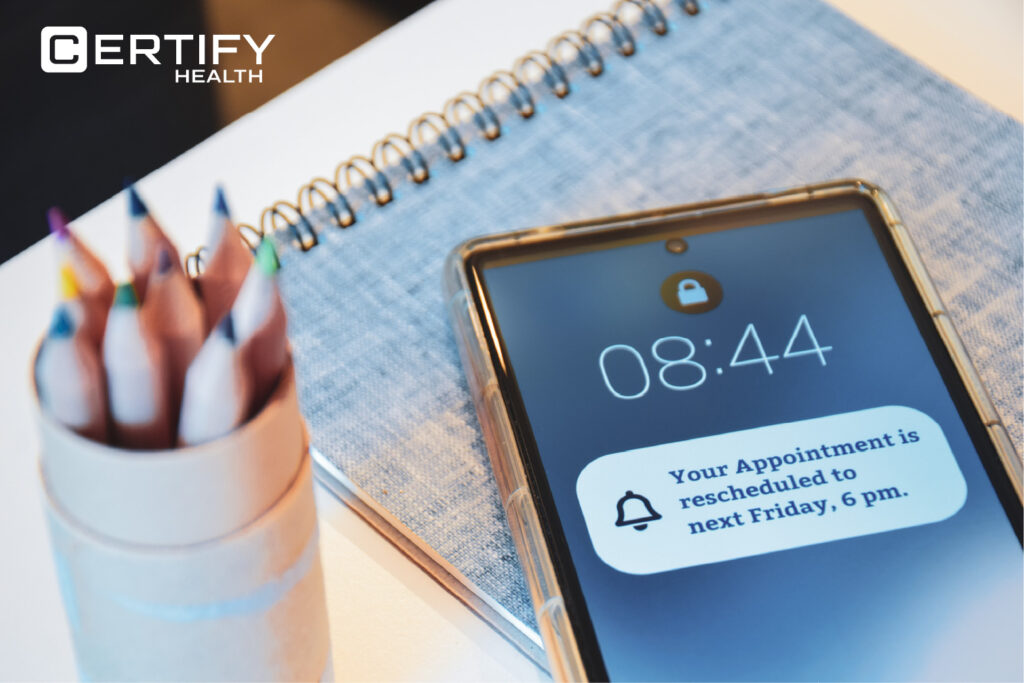
Modern practices are switching to online self-scheduling, and here’s why:
It also slashes the back-and-forth, reduces front-desk overload, and keeps your calendar running like clockwork. Not only that, it enables:
- Patient access to 24/7 appointment bookings via app or portal
- Two-way communication to reduce follow-ups
- Multilingual support to reach every patient segment with ease
You save time, reduce admin chaos, and keep your schedule full — without lifting a finger.
Benefits: Smarter workflows, better resource allocation, and zero scheduling headaches.
Did You Know? 💡
As per one study, 34% of adults received a surprise or unexpected medical bill after undergoing a test or procedure that wasn’t covered by their insurance. Surprise medical bills don’t just leave patients frustrated—they also damage trust, harm your practice’s reputation, and often make patients hesitant to seek future medical care.
5. Integrate Scheduling with EHR and Revenue Cycle Management

Your patient scheduling software is good on its own, but it becomes unstoppable if you plug it into your EHR and RCM.
When you integrate patient scheduling system with EHR, here’s what happens:
- No more duplicate data entry
- Always up-to-date clinical, insurance, and demographic info
- Smarter scheduling that links follow-ups, lab tests, and referrals without the chaos
Now, bring RCM integration into the mix:
- Real-time insurance eligibility verification at intake ensures no billing errors
- Accurate patient info = cleaner claims
- Upfront cost estimates = fewer billing surprises and denials
Benefits: You get faster workflows, fewer billing errors, and total scheduling control — all from one connected system.
Conclusion
Automating your patient scheduling isn’t optional, it’s essential.
Today’s patients, be they millennials or Gen Xers, prefer convenience in everything, that’s goes same for patient scheduling. As per one report, 67% of patients prefer online self-scheduling with 24×7 accessibility. And if you do not have those options – they are ready to switch to other providers, without hesitation.
But this shift isn’t just about patient convenience — it’s a game-changer for practices too. Modern scheduling systems drive higher patient satisfaction, reduce costly no-shows, and lighten the load on staff, minimizing burnout and improving overall productivity.
Many healthcare providers have already taken a leap. Now is the time to review and analyze your current outdated scheduling system and find any inefficiencies or pitfalls in patient access. And explore smarter, tech-driven solutions that work for you. Start here: Explore List of 10 Best Patient Scheduling Software 2025.


